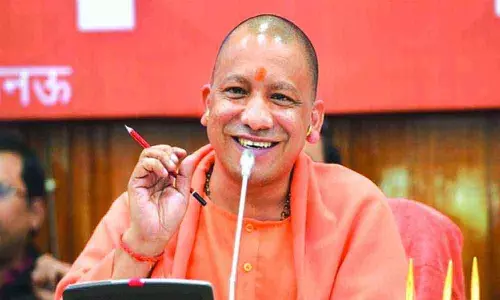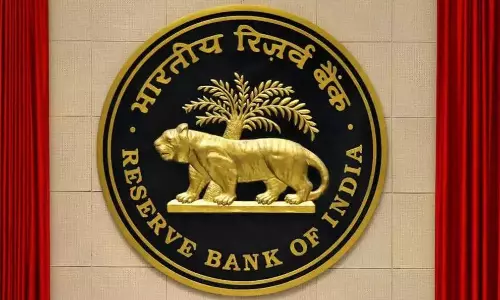
The health model aboard bamboo hammock
text_fieldsThe glory of Kerala Health Model has once again become a subject of debate with the Nipah Virus infection being brought under control in just three weeks.
It was then that the ‘bamboo hammock’ visual from Agali in Palakkad district appeared in the media. It was a highly pathetic image of a pregnant tribal woman Mani, a resident of Agali, Edavani, who was being carried to the hospital for delivery by the local people in a bamboo makeshift stretcher by crossing a river. The family had asked for an ambulance by contacting the nearby primary health centre when the labour pains started early morning on Tuesday. When no vehicle showed up even after waiting for hours, the relatives carried Mani on a bamboo hammock walking four kilometres through the forest. It was past 9.30 am by the time the ambulance arrived and the woman was taken to Kottathara tribal specialty hospital. In spite of the fact that the Health Department and Integrated Tribal Development Project (ITDP) have the responsibility to take pregnant women and others to the hospital beforehand in a situation where there is no road access to tribal hamlets including Edavani, this serious failure occurred. It should be kept in mind that a tribal woman had to go through this agony in a state which boasts of being on a par with developed nations by successfully conducting Caesarean sections even 80 years ago. What more proof is needed that a segment of population is still outside the much publicized health model even after six decades?
It has been observed many a time that the maternal and infant mortality rates in that area was a kind of ‘silent genocide’ taking place in Attappadi which includes village panchayats such as Agali, Sholayur and Puthur. The number of children who died from malnutrition in Attappadi in the last five years comes close to a hundred. About sixty infant deaths took place here between April 2012 and July 2013 alone. Perhaps it was during this time that the Attappadi issue was debated the most in thirty years. The report prepared by UNICEF by visiting the place says that the tribal specialty hospital did not have even a supply of iron and folic acid tablets that is essential for pregnant women. Majority of the women in the area were anaemic as well. A team of health experts appointed by the CPM which was the Opposition party then, had also prepared a detailed report at the same time. The committee headed by Dr B Ekbal found that all the schemes introduced for the welfare of the tribals at different times had gone awry. The Centre had come to the rescue then for improving the plight of Attappadi announcing Rs 220 crore for Kurumba package and the food security scheme. The state government too had sanctioned a significant amount for Attappadi. But the infant deaths in Attappadi continued.
Even after all these funds were made available, 15 children died from malnutrition last year. All these factors prove that the Health Department and ITDP have not undergone any significant change in their attitude or functioning despite the change of governments. In fact the issue concerning Attappadi is not the lack of funds, but of not utilizing the available funds. Figures show that the Health Department spent only Rs 35 lakh out of the Rs 12.55 crore allocated for ITDP in 2013. The LDF government has also been unable to make the countless schemes such as Kurumba package and the food security scheme faultless. Attappadi and Wayanad prove again that even a fragment of our achievements in the health sector are not reaching the tribal hamlets. Kerala has the lowest infant mortality rate in India. We found a place with developed nations in this sector by expanding the hospital facilities for deliveries and enhancing the disease prevention mechanisms including vaccination.
The inadequacy of government mechanism is not the only reason for this misery of the tribal people; it is also the attitude of the authorities and the locals who claim themselves to be 'civilised'. It was this outlook that ended in the murder of Madhu, a tribal youth months ago. In short, it is the faulty attitude of the powerful and elite class of treating the adivasis and other tribal communities as a class to be ostracized, that is behind the tears in Attappadi and Wayanad. It is at a time when the demand for amending the fundamental right to life guaranteed by the Constitution as the ‘right to live a healthy life’ gains strength, that this ‘silent genocide’ takes place unchecked. Therefore, the government and Health Department should put an end to the bragging about the health model and reach out to the tribal hamlets as soon as possible.























